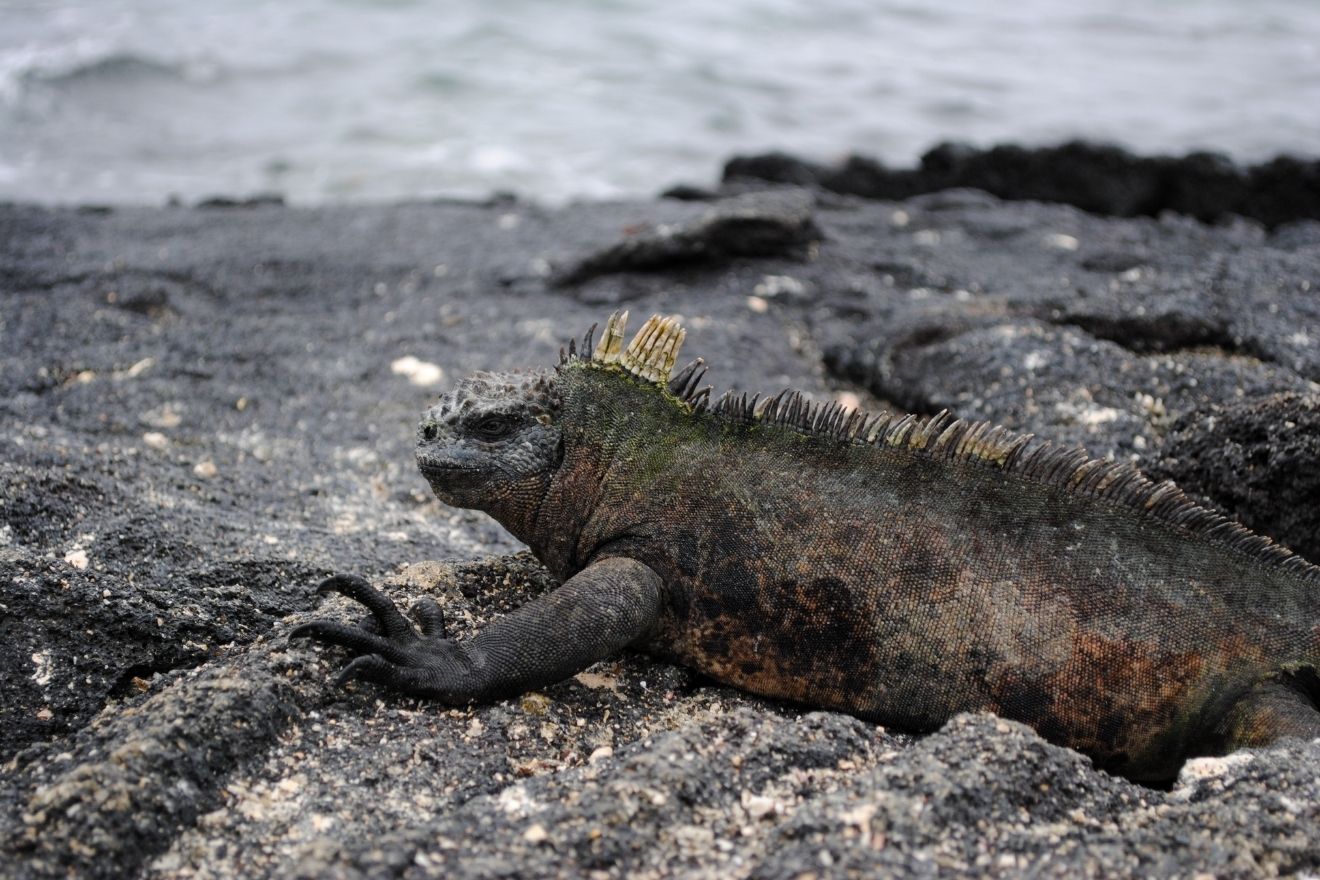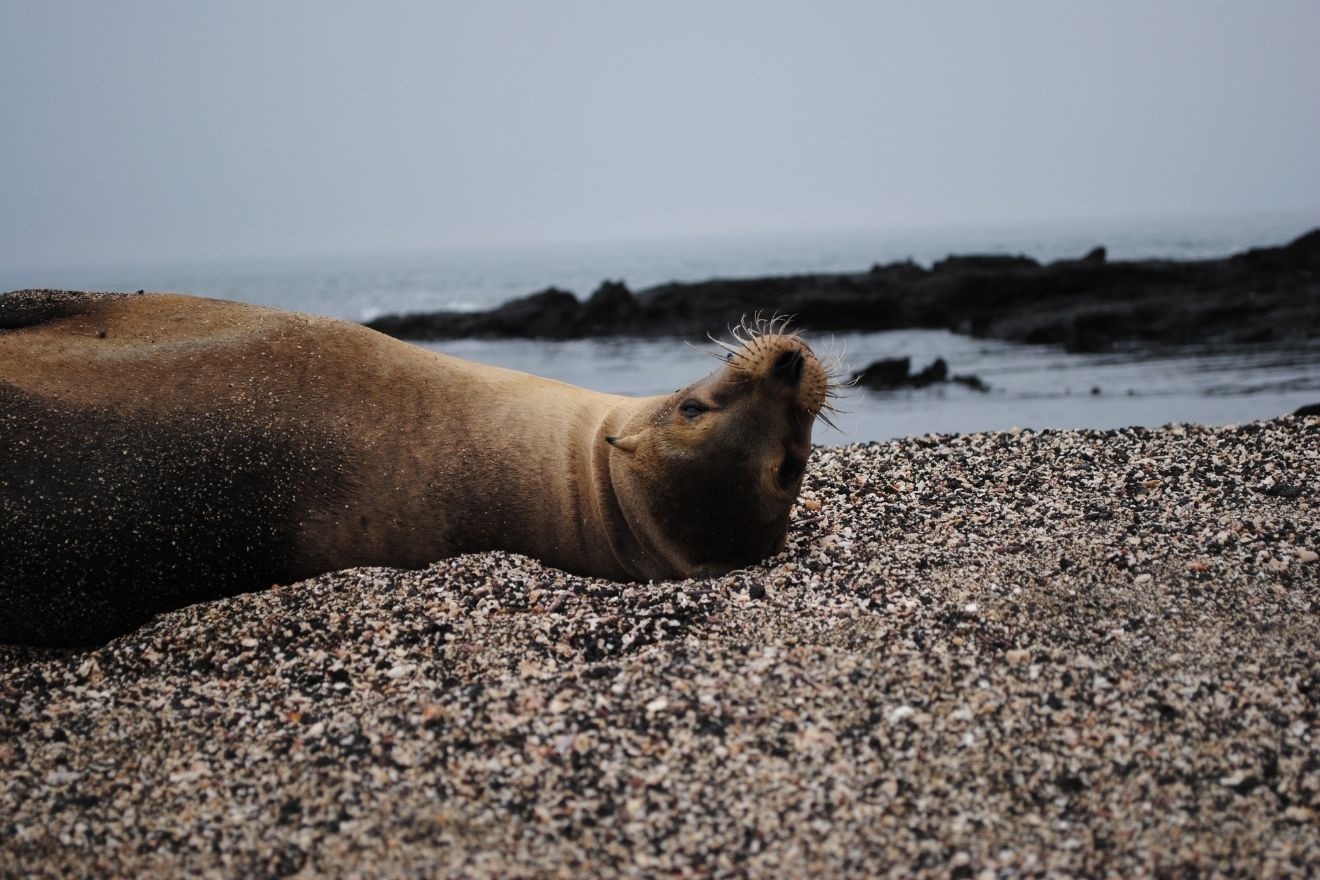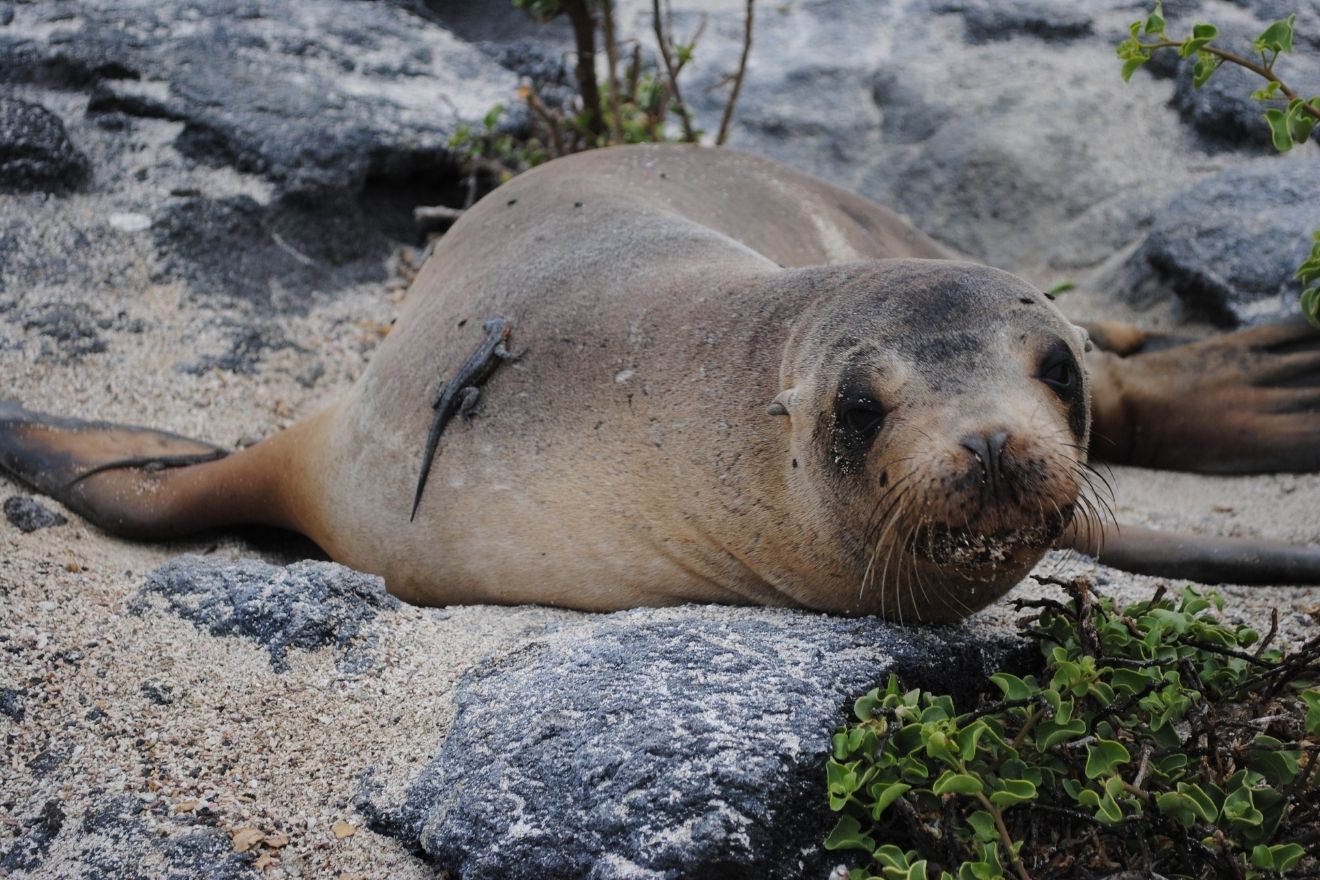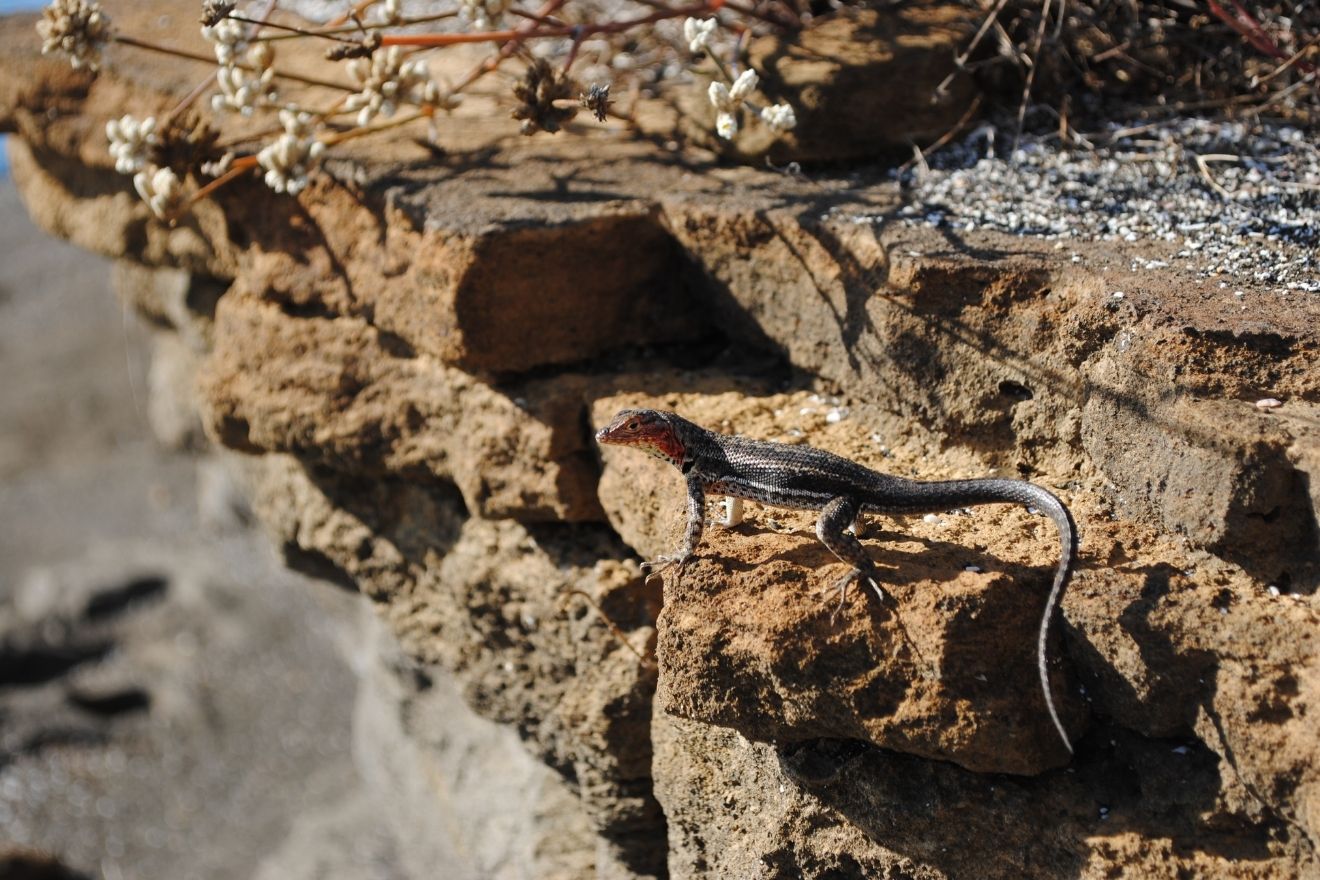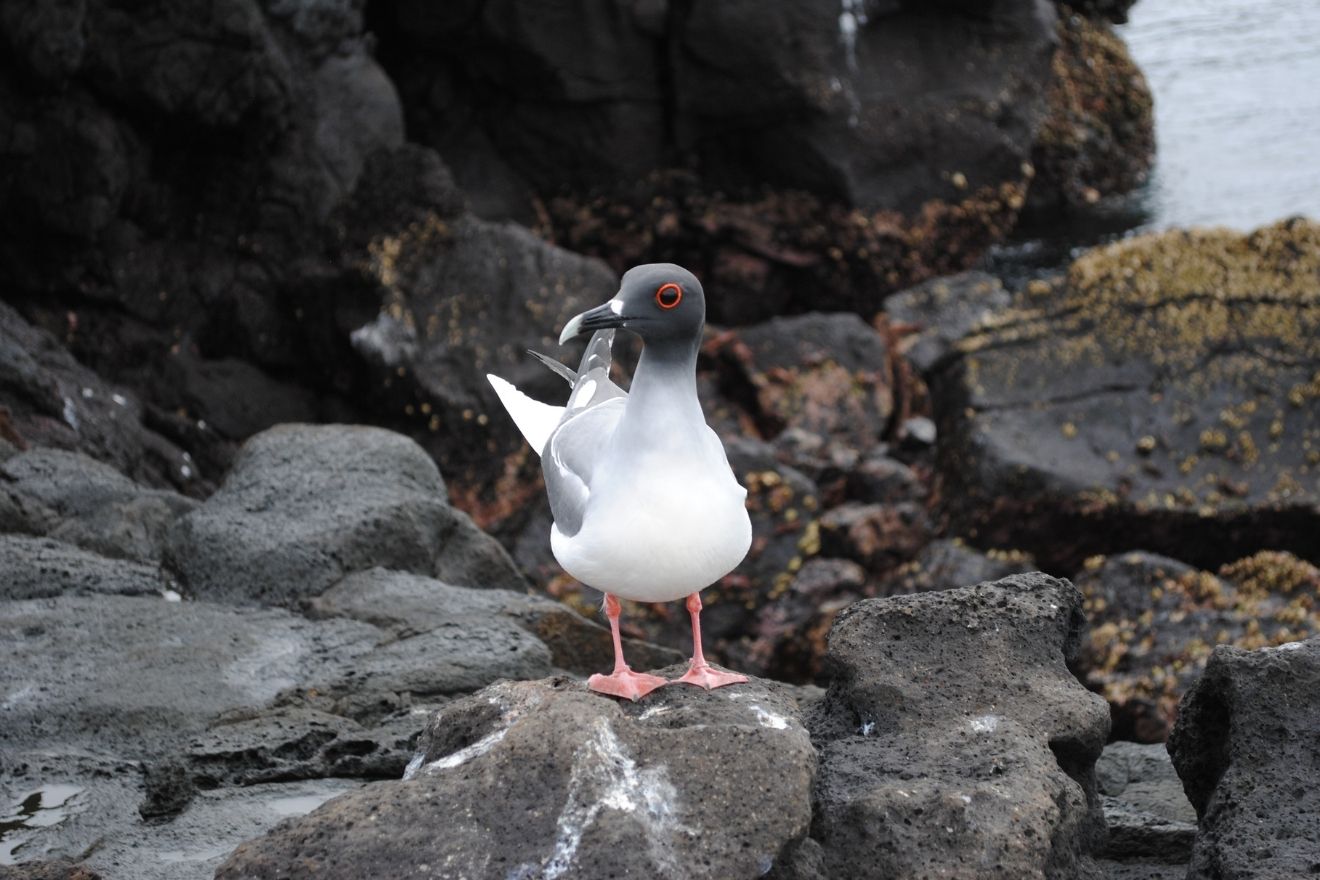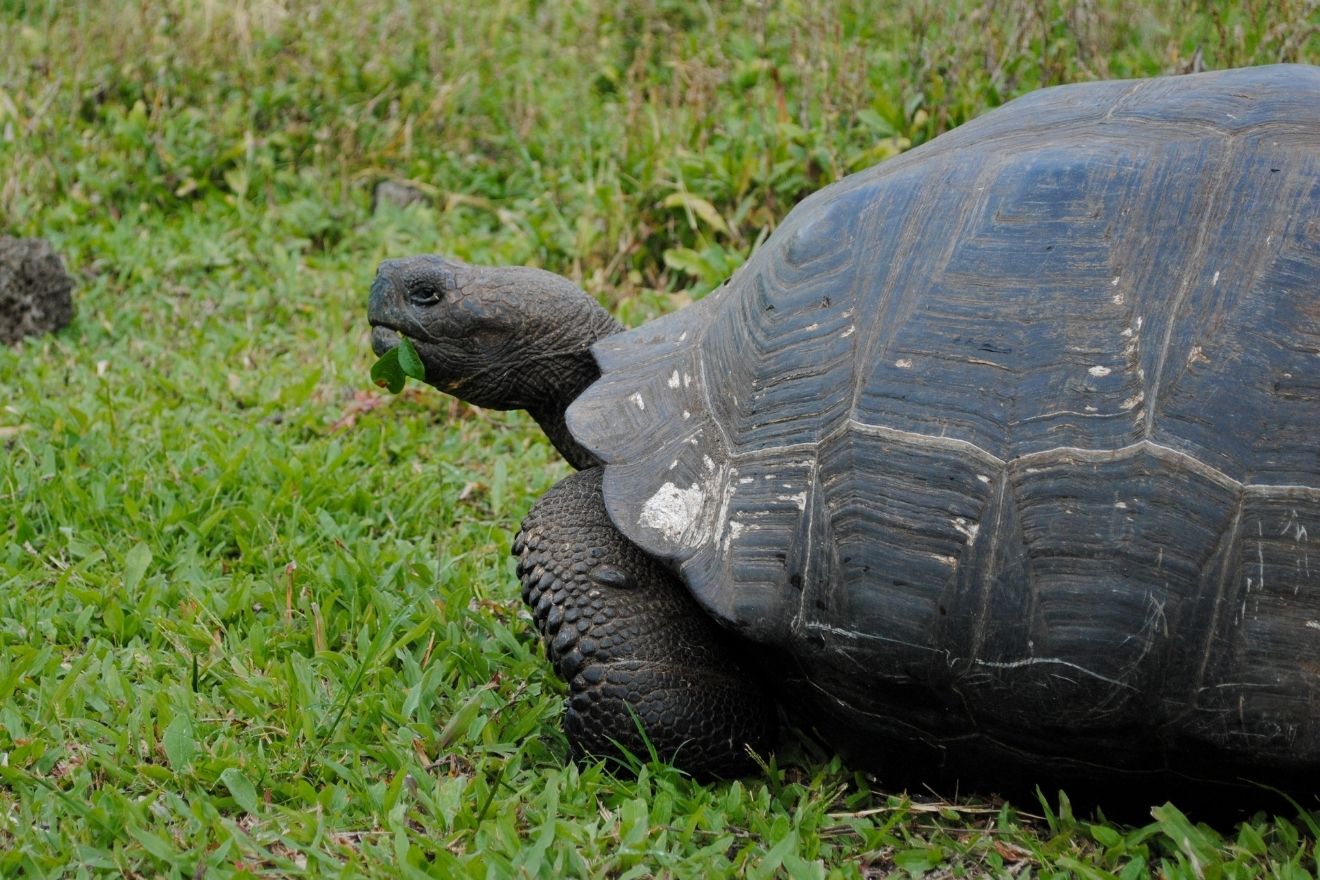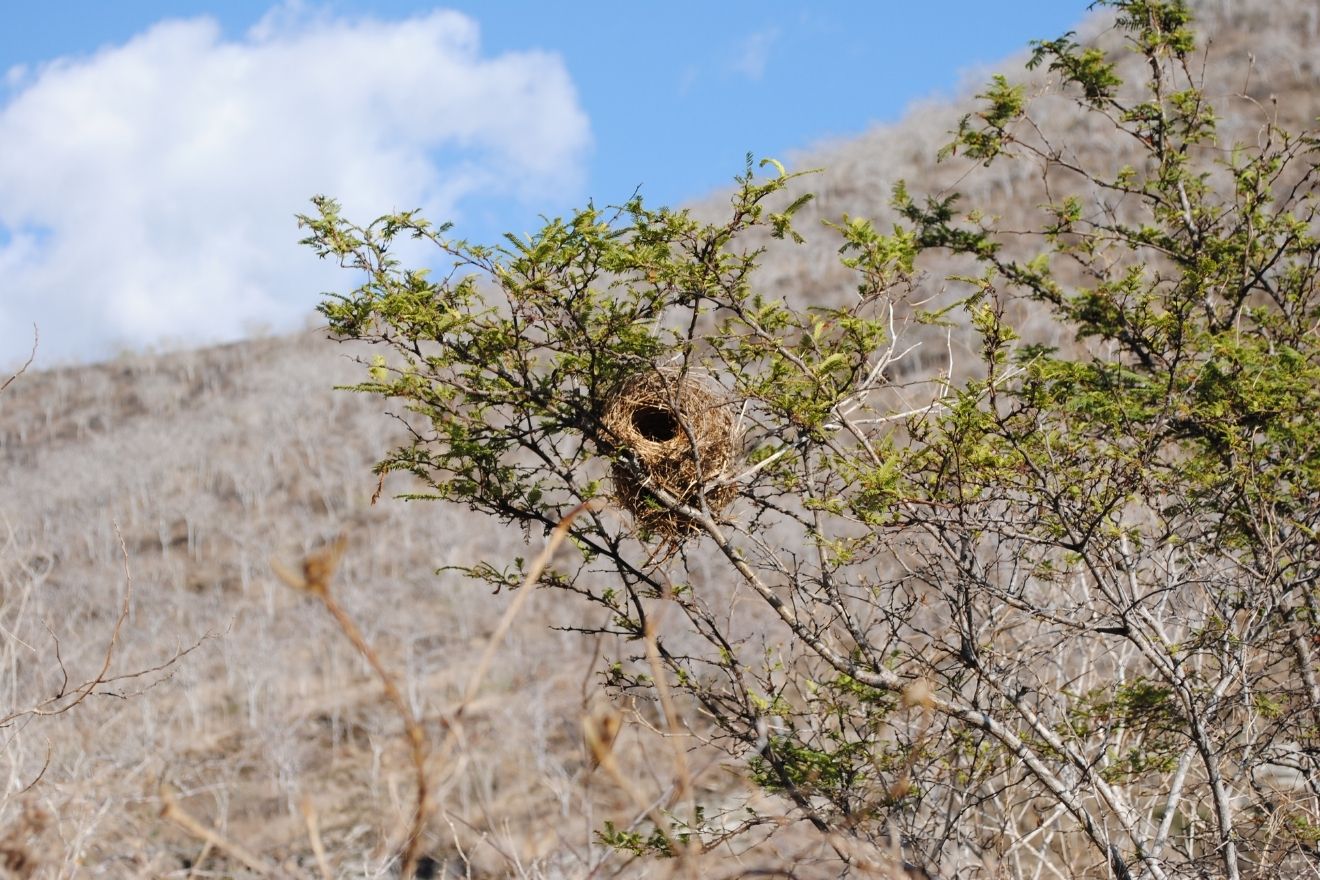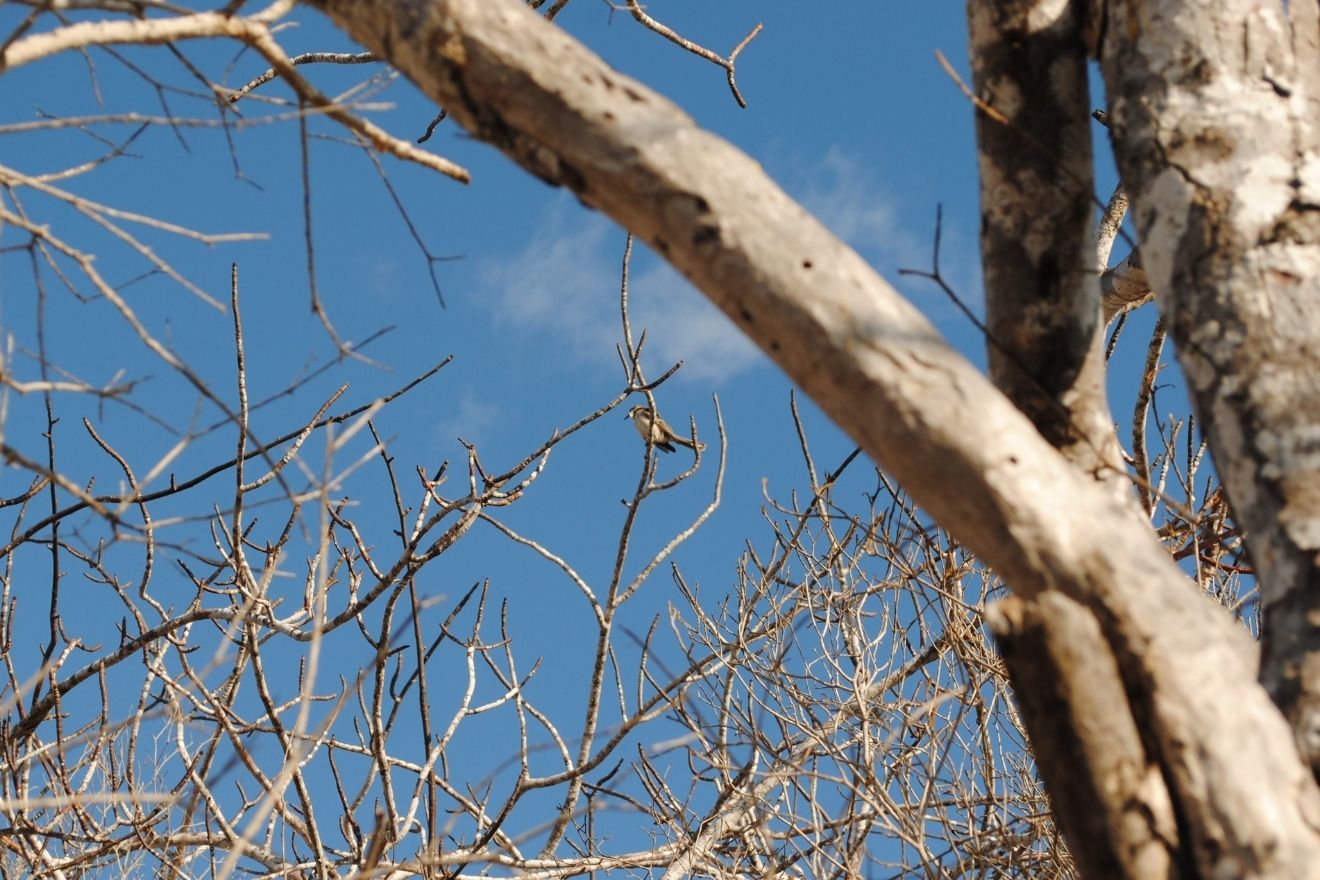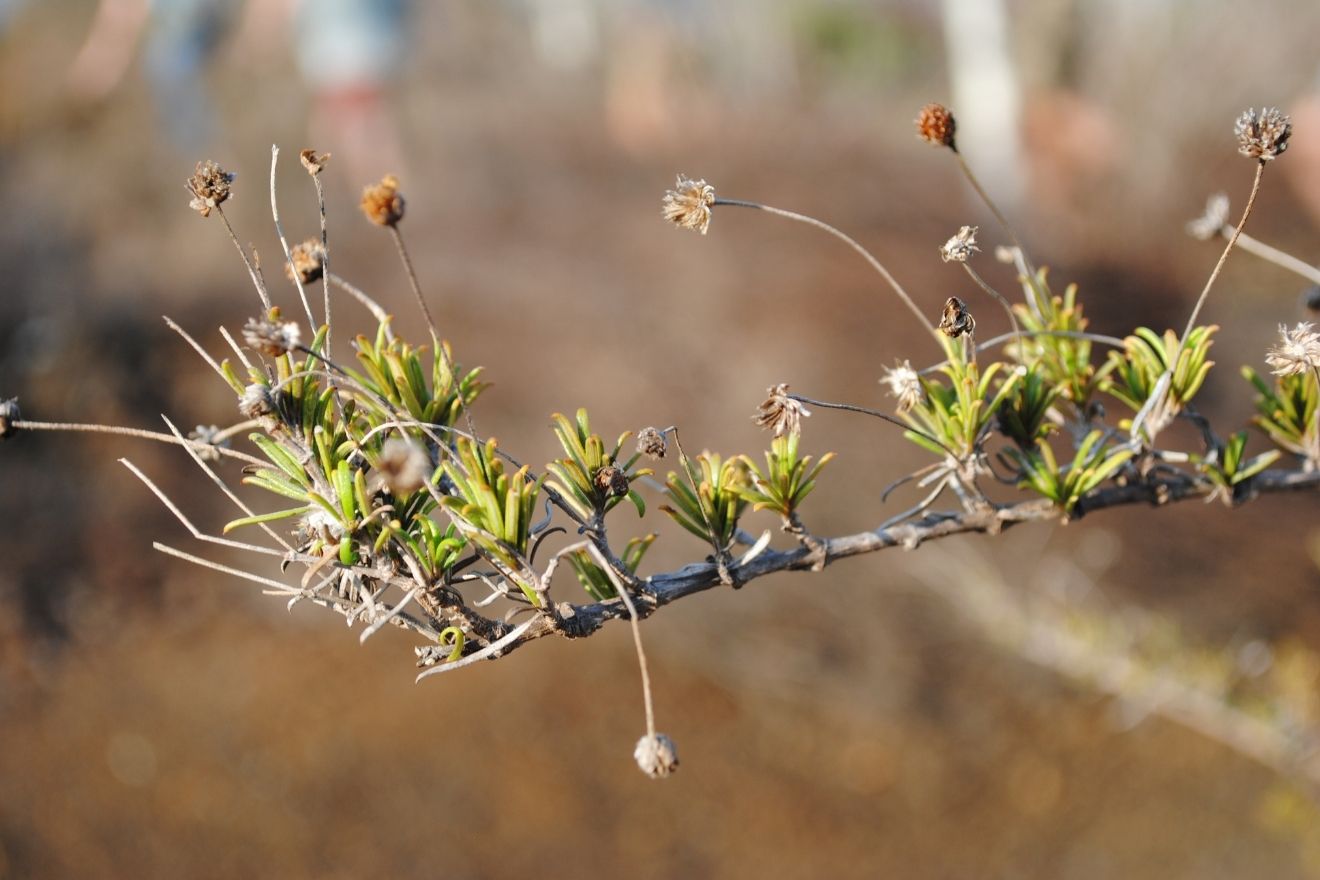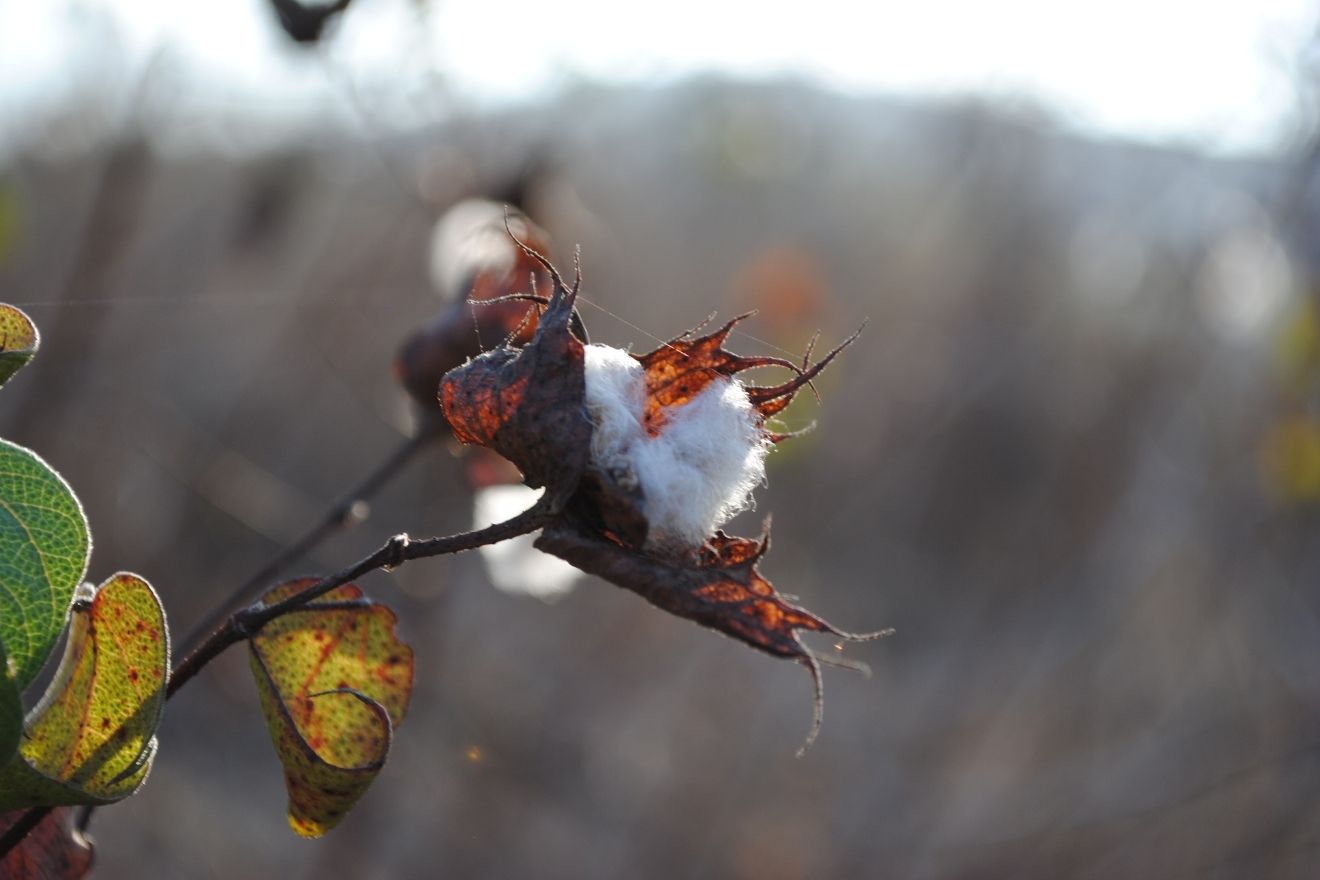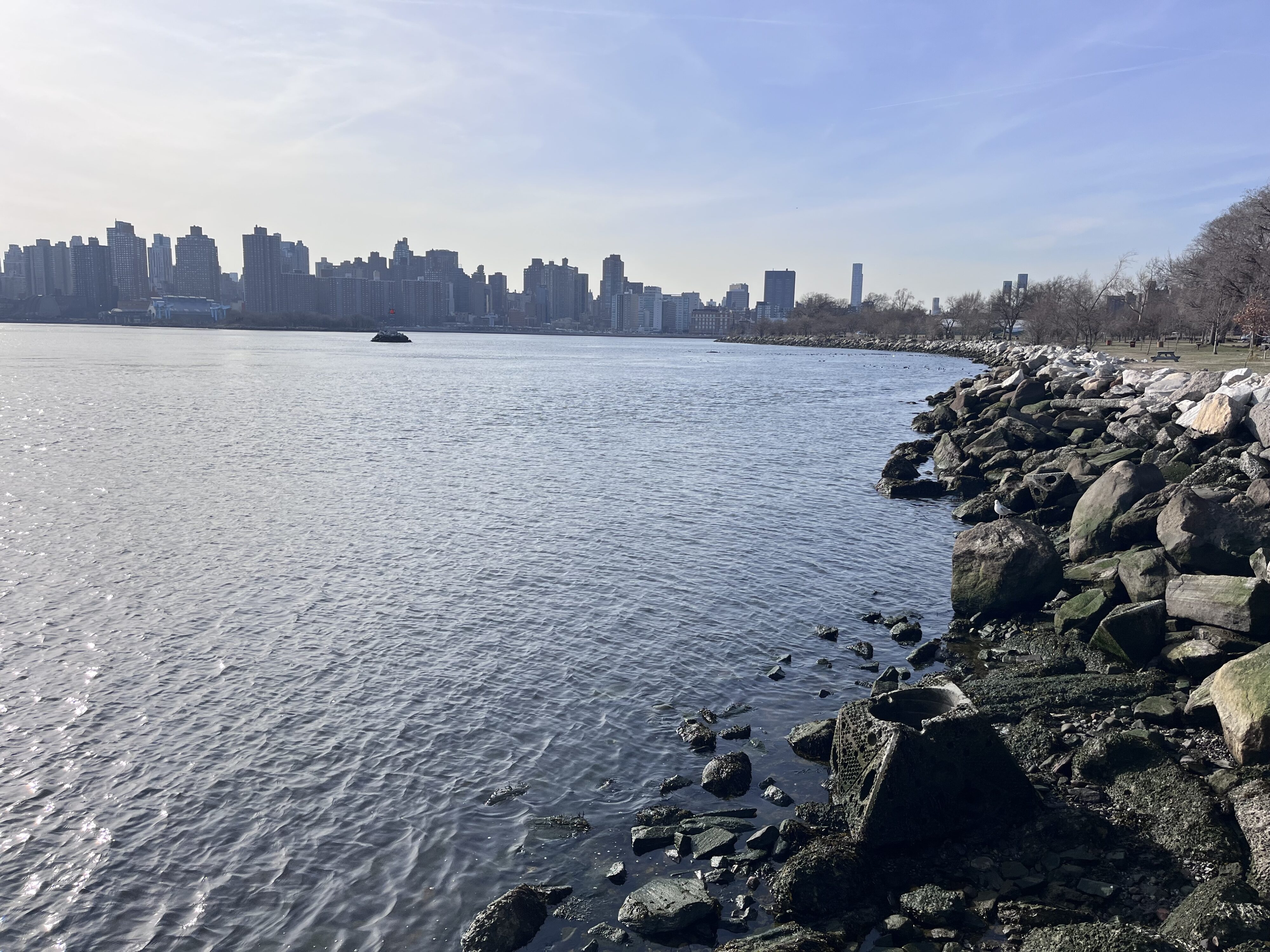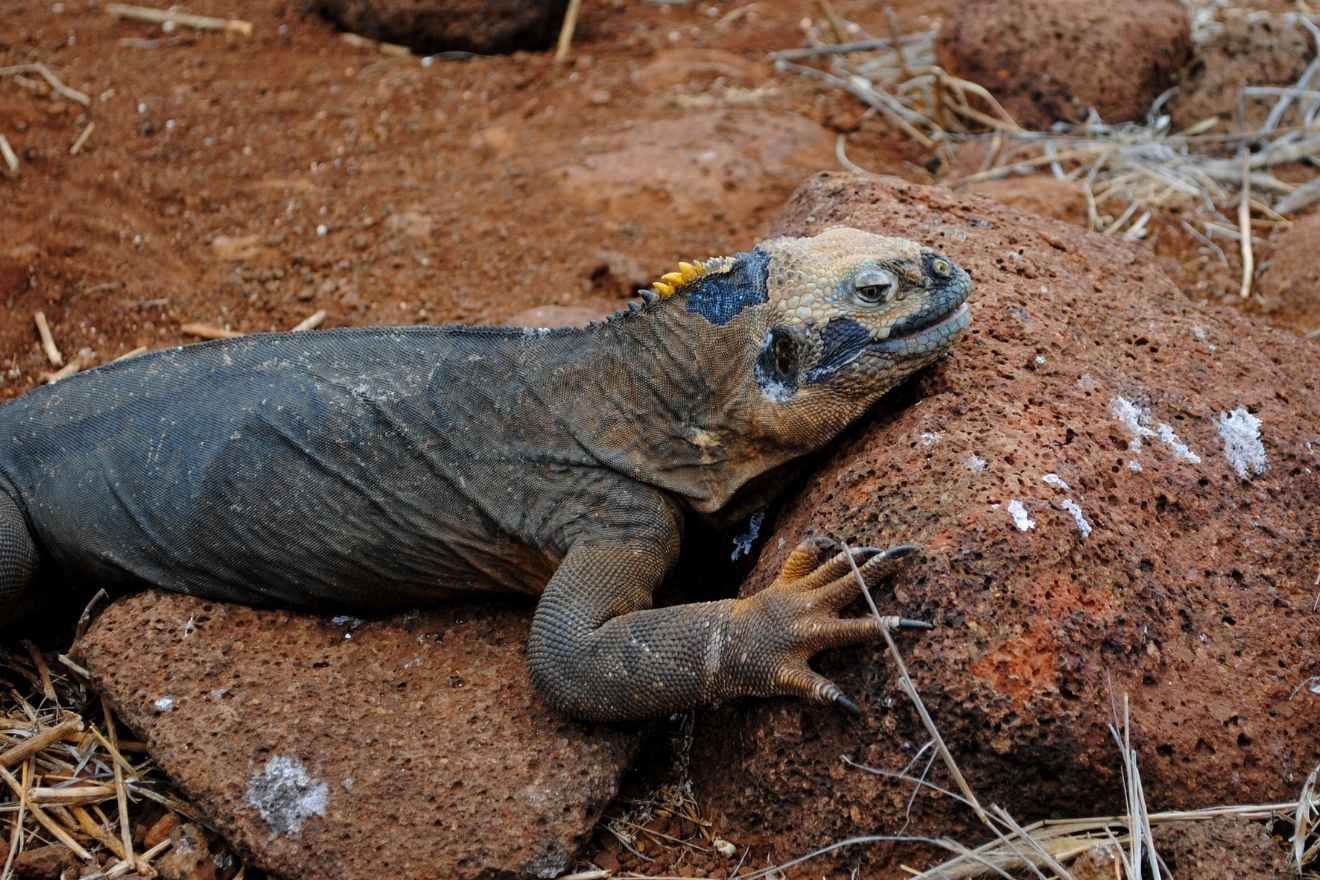
Galápagos 2022 | Numerous endemic species endure in Galápagos, despite challenges

Endemic species exist in just one geographic location in the world. Their ancestors arrive in a region naturally and then adapt to that location to the point that they change and can no longer breed with organisms from their ancestral species, creating an entirely separate species, explained Vanessa Gallo, expedition leader aboard Lindblad Expedition’s National Geographic Islander in the Galápagos.
Charles Darwin described this kind of process in his theory of evolution, which he developed after traveling around the world and collecting specimens from numerous locations, including, notably, the Galápagos Islands, home to the well-known Darwin finches.
“The natural history of this archipelago is very remarkable: it seems to be a little world within itself; the greater number of its inhabitants, both vegetable and animal, being found nowhere else,” Darwin wrote about the islands in “Voyages of the Adventure and Beagle.”
Today, the Galápagos Islands are home to numerous endemic species. Almost all of the reptiles found in Galápagos and about 40% of the land birds are endemic to the region, Gallo said. The islands are also home to endemic plant species, endemic mammals and endemic marine birds.
“The lava lizards are endemic, the giant tortoises are endemic, the marine iguanas are endemic, the land iguanas are endemic,” Gallo said, listing just some of the species unique to the Galápagos Islands.
“This is a concern for several of the small populations that we have in the Galápagos that are unique, like the flightless cormorants that are just found here in the western part of the archipelago, nowhere else in the Galápagos: If there is any big change, those animals are threatened with extinction,” Gallo said.
One of those changes is the introduction of new species with which endemic species have trouble competing. “[Endemic species] have adapted so much to their environment that something very small can wipe them out,” Gallo said.
For example, the parasitic Philornis downsi fly was accidentally introduced to the Galápagos Islands in the 1960s, and it brought some of the Darwin finches to the brink of extinction, Gallo said. Rats that eat eggs and hatchlings of reptiles and birds have also threatened endemic species like giant tortoises, but researchers have been making progress in efforts to eradicate the rats.
Some species of tortoises have disappeared from the islands, too, Gallo said, because they were a popular source of food for whalers and other humans in the past. Researchers are working to recover declining tortoise populations, though, and they even recently found a tortoise on Fernandina island that is from a species that was believed to be extinct. Gallo said this is especially promising because the tracks researchers found seem to indicate that there are more than one of those tortoises present on the island.
Another impending change for the archipelago is events like major storms, which are typically rare in the Galápagos but could become more of a problem in the future with climate change, Gallo said. Impacts of hurricanes and tropical storms affecting the Pacific coast of Mexico can reach further south, hitting the Galápagos Islands with strong winds that can tear roofs off of buildings, knock down trees and create intense waves, as happened five years ago, Gallo said.
El Niño events can also seriously impact endemic animals in the Galápagos. While they bring more rain, benefiting some plant species and the animals that feed on those plants, in the past they have led to significant drops in populations of other species like Galápagos penguins and marine iguanas. Some researchers worry that climate change may increase the frequency and intensity of El Niño events.
Although endemic species in Galápagos face several challenges, Gallo is ultimately optimistic about their future, saying:
“Galápagos is always a place where weather is changing so much. The animals you see here, they seem so nice and so happy – they struggle for life year by year, and it’s amazing that they’re making it through. So I’m always actually more concerned here in Galápagos about people than about the animals because I know how resilient they are, and they will move, and they will adapt.”





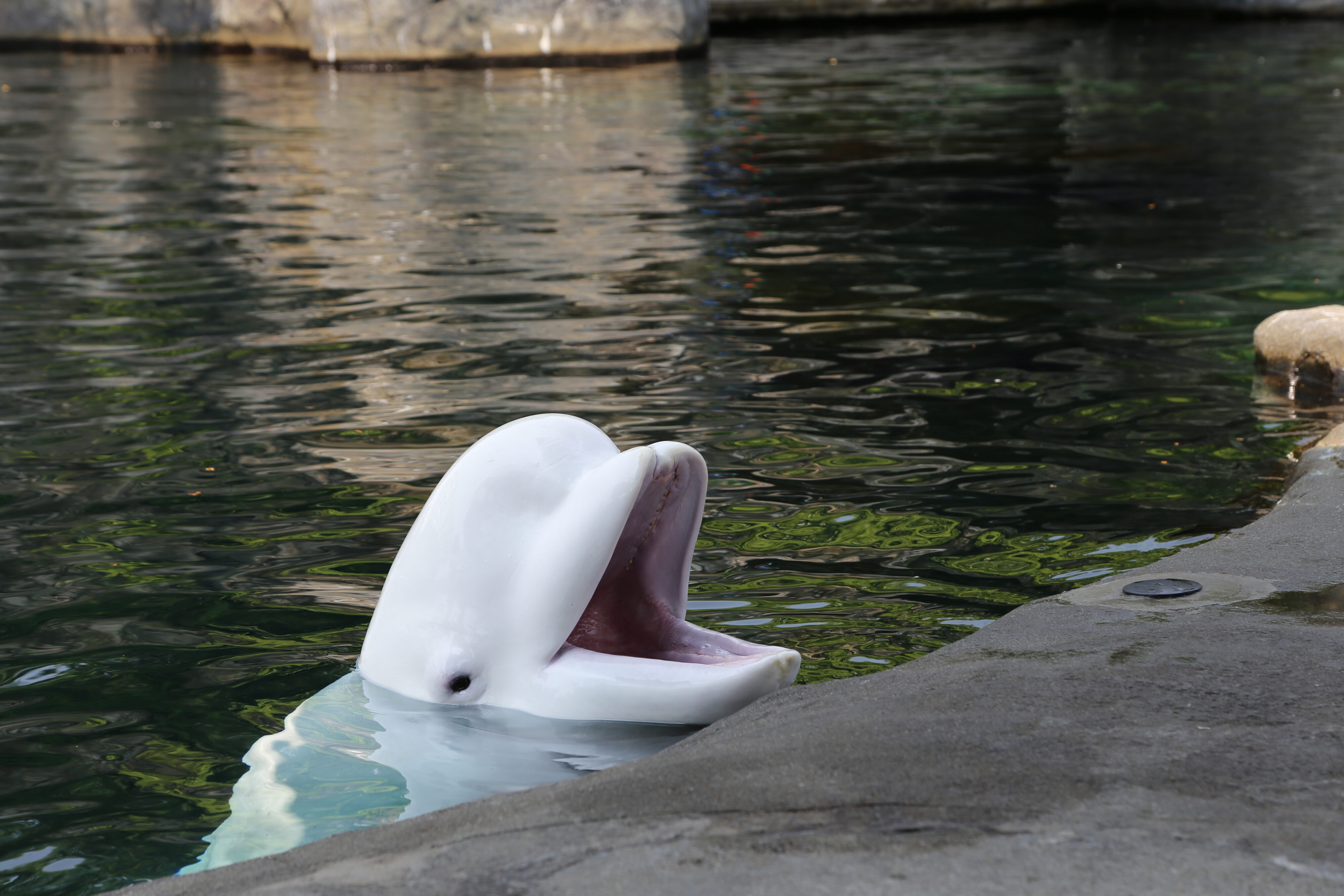






.jpg)
